Video: MP4 1920×1080 44 KHz | English
Duration: 3h 5m | Size: 6.25 GB
Introduction to Mocha Pro
TAUGHT BY CHRISTOPH ZAPLETAL
COURSE NUMBER:MOC103
SOFTWARE VERSION
ORIGINAL RUN DATE:June 2021
DURATION:3 hours 5 minutes
While tracking and roto are not considered the most glamorous part of a compositor’s life, they both are still vital to making your shot work. Mocha Pro has been the industry standard for planar tracking for quite a while now. This course aims to teach the foundations of planar tracking while at the same time providing members with production-level shots to learn and improve these skills.
Christoph Zapletal is a freelance Flame and Nuke artist and has been working in the industry for a little over twenty years. One of his specialties is beauty work and retouching. Beyond that, he is an Instructor at SAE Institute and a frequent contributor to Digital Production Magazine.
course syllabus
CLASS 1: INTRODUCTION
Mocha comes in several versions, so after discussing the differences, we delve deep into the U.I. .After that, we learn about the different shapes in Mocha, from X-Splines and Beziers to Magnetic Shapes and actually painting a shape. With all that under our belt, we are ready to do our first planar track.
CLASS 2: TRANSFORM TYPES AND OCCLUSIONS
Understanding how a shape influences the track and a track, in turn, influences a shape is vital to achieving good results in Mocha. We also take a closer look at the various settings that can make all the difference for your track. Finally, we grapple with a lot of occlusions and understand the importance of the layer hierarchy inside of Mocha.
CLASS 3: ROTO
Mocha is not only a planar tracker but also a great roto tool. So we’ll learn why it is important to distinguish between track and matte shapes and how to properly link your shapes to tracks. We’ll also discuss roto strategies and how to avoid common beginner’s mistakes.
CLASS 4: SHAPE EXPORTS
What use is the best roto if you can’t get it back into your host application? Trading accuracy with flexibility is always a gamble, so we’re gonna take an in-depth look at all the possibilities from rendering out of Mocha to exporting shape metadata for After Effects, Nuke, and Flame.
CLASS 5: SCREEN INSERT
A proper screen Insert is the classical Mocha tracking challenge. This one greets us with glaring reflections and loads of motion blur We’ll also look at inserting your image inside of Mocha, but, like in the last class, we will explore the export of tracking data to the various host applications..



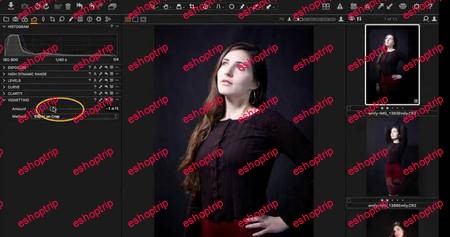
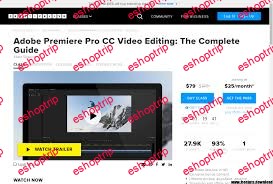

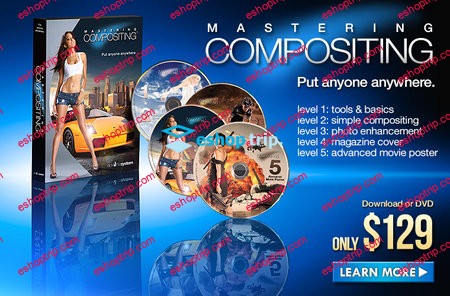
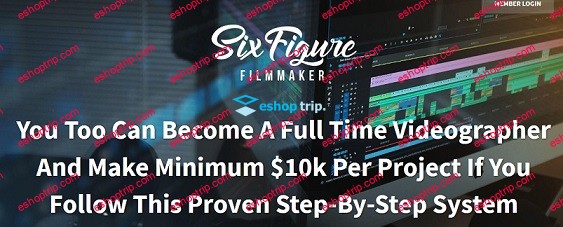
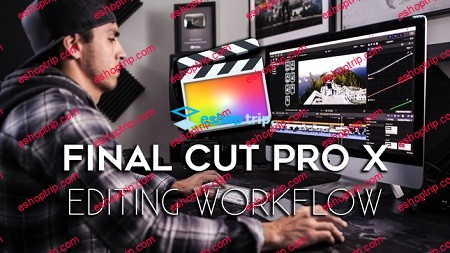
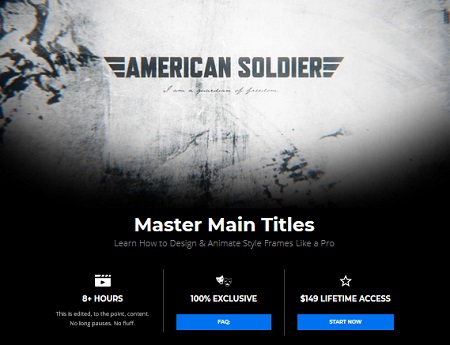
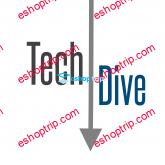
Reviews
There are no reviews yet.